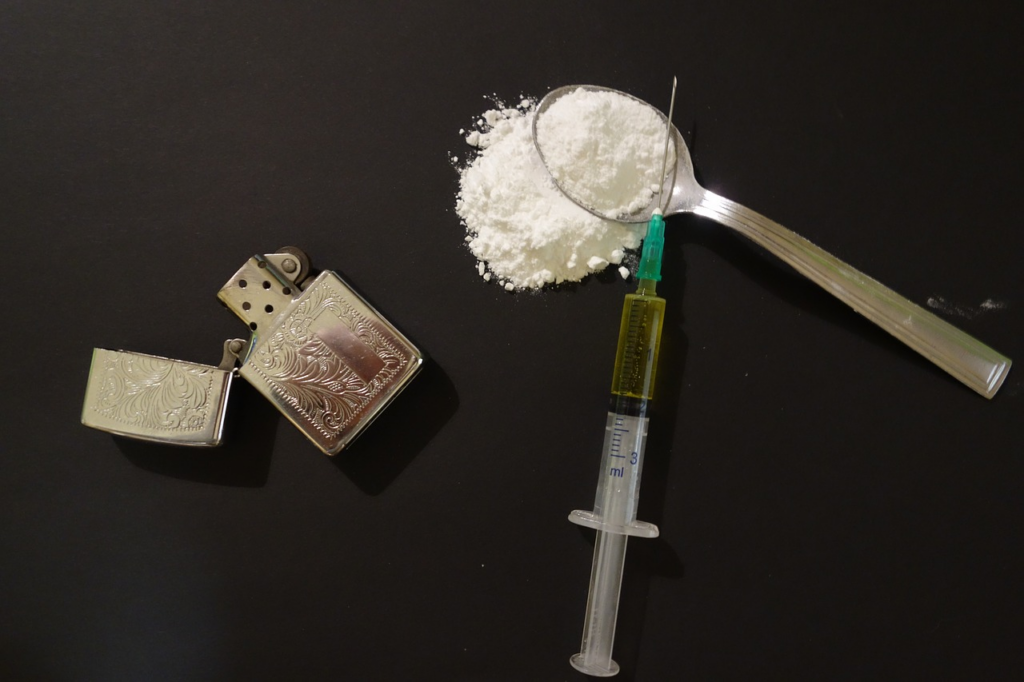How To Easily Compare Drug Use In American And European Teenagers
There always seems to be concern about teenage drug use among older adults. Many of these older adults are parents, and they may be worried about what drugs their teens are trying. When does it cross the line from relatively harmless experimentation into something more serious?
Addiction treatment is available both in the United Kingdom and the United States for teens who develop drug problems. However, parents typically want to intervene before things ever reach that point. Is teen drug use happening at the same rate in both of those countries, though?
Let’s delve into that a little bit right now.
EU vs. US: How Do They Compare in Terms of Illicit Drug Use Among Teenagers?
Teen Drug Use in the US
In the United States, the latest drug stats indicate a desire for experimentation in teens. Between 2016 and 2020, for instance, drug use among 8th graders went up an alarming 61%. If you go up to the 12th grade, 62% of teens report having abused alcohol. Meanwhile, 50% of teenagers in America overall say that they have misused a drug at least once.
Some additional stats of note reveal more information about drug use in US teens. Of teens aged 12-17 who were polled, over 2 million report having done drugs in the past month. Among that same age group, almost 84% report using marijuana in the past month. In the 12-17 age group, 591,000 teens report using another drug besides marijuana.
Teen Drug Use in the UK
In the United Kingdom, the information on teens who report using drugs is not as up to date as it is here in the United States. The latest information is from April of 2021 to March of 2022.
During that time, UK teens reported that over 11,000 of them have been in contact with services for alcohol and drug treatment and prevention. That is a slight increase from the prior year, but that total number is actually down quite a bit since 2008-2009. The decrease is about 54%.
Of UK teens who sought treatment, 87% were there for problems with marijuana. 46% of UK teens sought treatment for alcohol. Cocaine and ecstasy were the next two drugs that UK teens sought help for, at 8%, respectively.
What Does This Mean?
It’s a little difficult to look at raw data from US and UK teens and extrapolate how big of a problem drug use is in both groups. This is mostly because if teens in these countries are being relied on to self report, how many of them are telling the truth?
A more reliable way to discover whether the teens of one country or the other are using drugs more is to look at how many are in treatment and then compare that to the overall number of teens in each country. However, even that’s an imperfect system since not every teen who experiments with drugs or becomes a regular user seeks treatment.
In short, figuring out how many UK and US teens use drugs remains a nebulous concept and an inexact science.
Conclusion
In conclusion, the comparison of illicit drug use among teenagers in the EU and the US presents a multifaceted picture, with each region displaying unique trends and challenges. The exploration of teen drug use in the US highlights specific patterns and substances that are prevalent among American youth, while the examination of teen drug use in the EU, particularly in the UK, reveals differing prevalence rates and substance choices. These variations can be attributed to a range of factors including cultural differences, availability of drugs, legal frameworks, and societal attitudes towards drug use.
What does this mean for policy makers, educators, and guardians? It underscores the necessity for tailored approaches to drug education and prevention. Understanding the specific context and challenges unique to each region is crucial in developing effective strategies to combat teen drug use. Moreover, it highlights the importance of ongoing research and international collaboration in sharing best practices and learning from each other’s experiences. Ultimately, addressing the issue of illicit drug use among teenagers requires a concerted effort that takes into account the diverse realities of youth experiences in different parts of the world.










